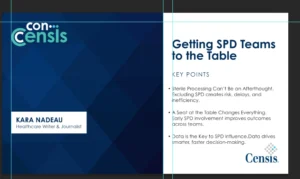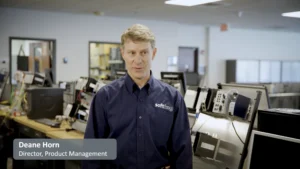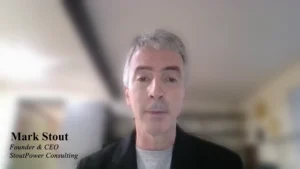From Hydrogen Fuel Cells to SCIB Batteries: Toshiba’s Push Towards Greener Data Centers
The European Commission has introduced a new voluntary rating system to assess and enhance the sustainability and energy efficiency of data centers across the European Union, as part of a broader strategy to reduce greenhouse gas emissions. But the push for greener data centers extends beyond the EU: Even globally, the data center industry has been facing increasing pressure to reduce its carbon footprint.
With high power demands, these facilities are pivotal in the global push toward decarbonization. Innovations such as hydrogen fuel cells, magnetic charging systems, and advanced battery technologies, like Toshiba’s SCIB batteries, are leading the charge in creating greener data centers. These technologies not only provide reliable backup power but also support the rapid charge and discharge cycles essential for modern data center operations. The shift toward sustainability is not just driven by environmental concerns; it’s also a response to customer demand for more eco-friendly solutions.
MarketScale had the chance to talk to Jeff Simmons, the Group Executive at Toshiba America Energy Systems, on the show floor of DISTRIBUTECH 2024, the industry’s big energy transmission and distribution show. With over three decades of experience in the power and gas industry, Simmons leads the charge in corporate development and new power generation projects in North America.
Jeff’s Thoughts
Decarbonizing Data Centers
“The data center market itself is really focused on decarbonizing their power supply and they have a really high, high power demand. So that’s very important for them to address. They’re all looking at hydrogen supply. They’re looking at greening up their fuel supply in general. Some are even, what we’re hearing, are looking at nuclear power as a potential power supply.”
Expanding Applications of SCIB Batteries
“Our battery systems, the Toshiba batteries and SCIBs, are great for the UPS systems that provide backup power for these areas when the power supply comes down from the wires. We think that data centers in general are all moving to this greener, greener space. We’re using UPS battery systems from our SCIB system in many different industrial instances and commercial instances to backup highly important data. We also use these batteries for things like robotics. They’re great for specialty transportation, warehouse robotics that move distribution systems around through the distribution centers are really one of the target markets for us.”
Innovations in Mobility and Charging
“There are just a large number of opportunities there. Batteries aren’t the only place where we work in mobility. We’re working now on hydrogen fuel cells that really work well in, like, fleet vehicles, bus systems. We’re working on magnetic charging systems. So you can drive your fleet bus with SCIB batteries in it over a pad and recharge the batteries while you’re sitting there loading and unloading passengers. And it really works well for our batteries because they can completely charge and discharge in six minutes. They’ve got a lot of high capability.”
Customer-Driven Decarbonization
“Decarbonization is doing two things. One, customers are demanding it. Everyone sees the changes in the environment, the changes in weather that we’re seeing. And it’s creating a lot more awareness at a customer level. Other areas that are really important are our carbon capture systems. So taking the traditional power plants that would ordinarily be emitting a lot of carbon and CO2, we can capture 95 percent of the CO2 from those facilities and utilize it for other purposes. Or we can store it in a permanent or semi-permanent location, save it for future reuse or keep it there permanently.”
Article written by MarketScale.








